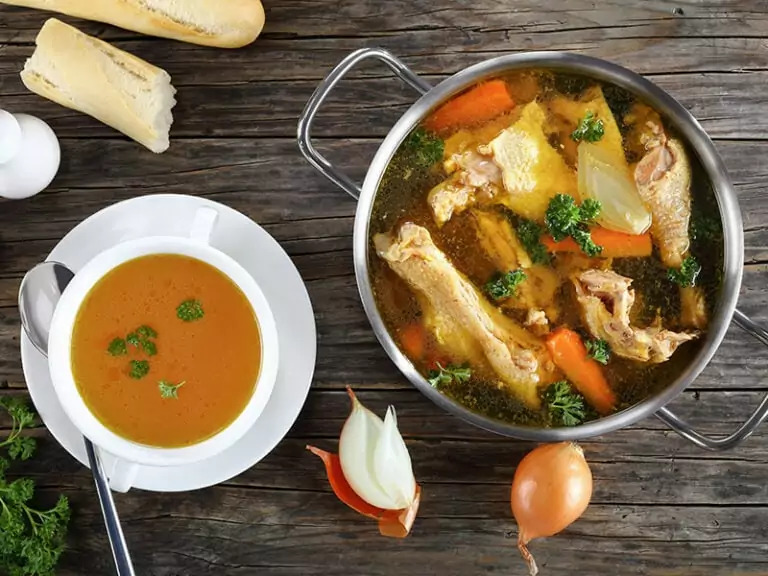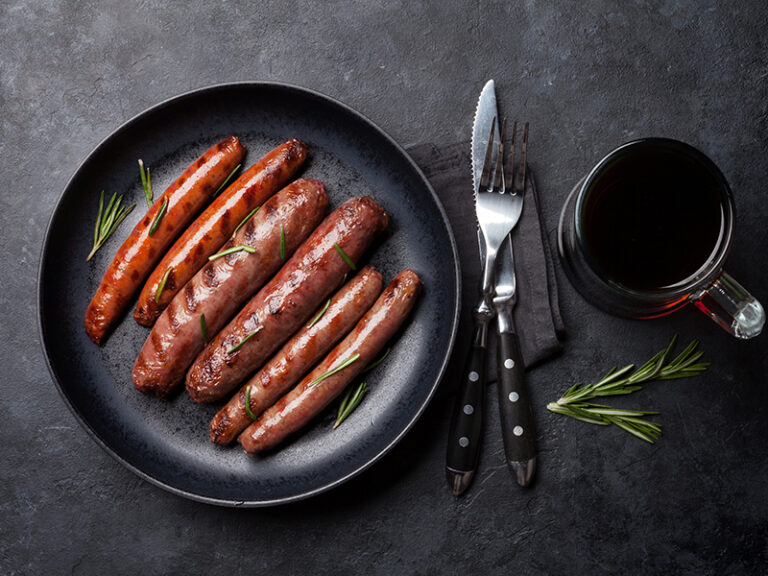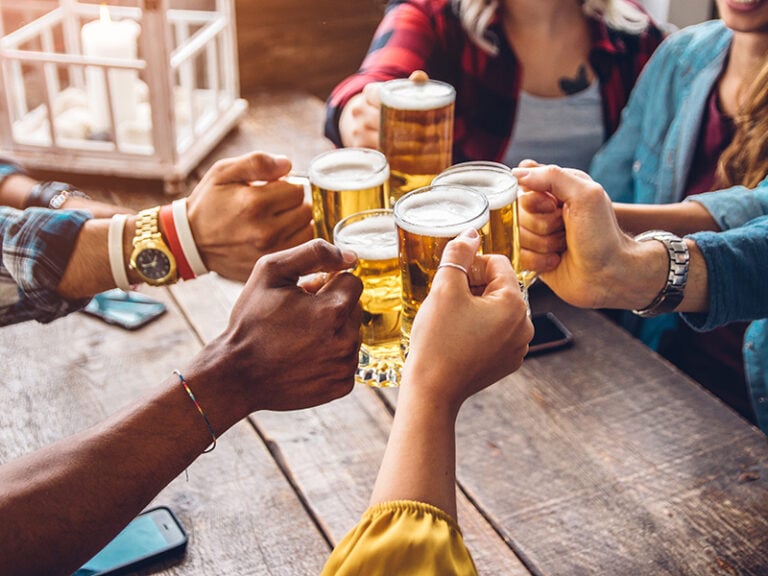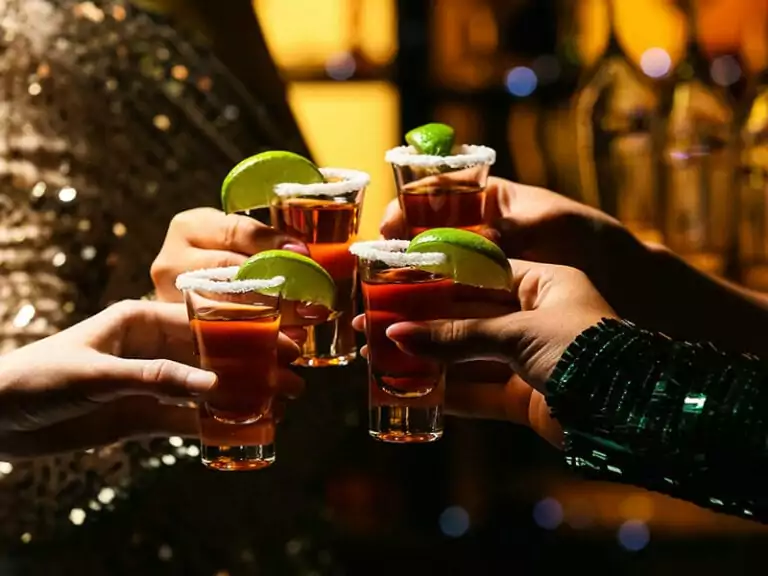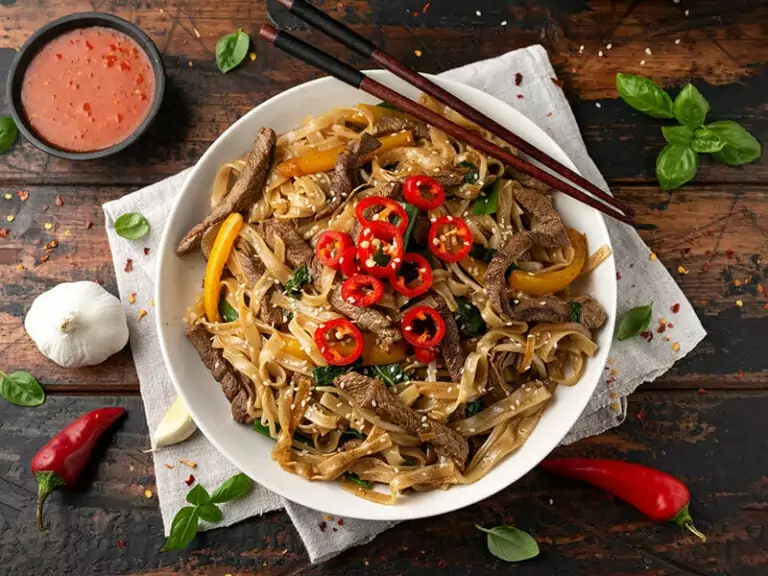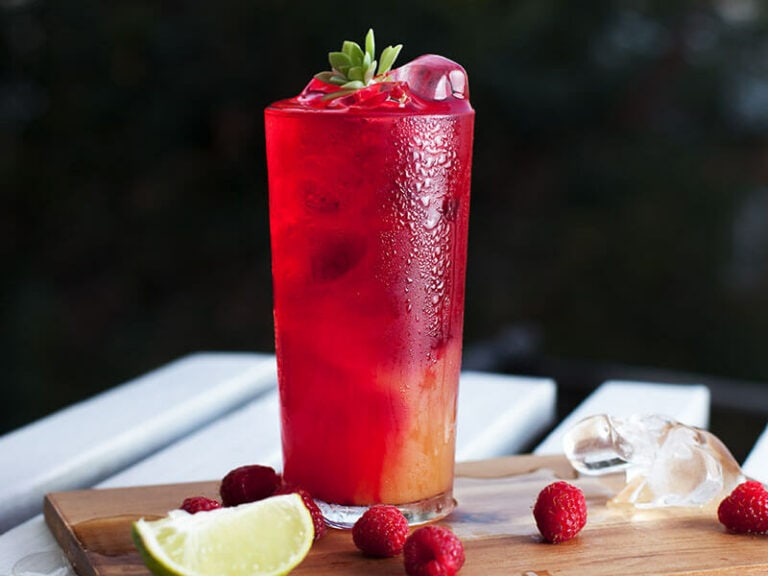How long do non-stick pans last? I have received this question too much recently, so I have this post to provide all information related to this topic. If you are also curious about it, let’s start finding the answer in this post immediately.
Non-stick pans have become familiar to many people worldwide because it helps make cooking easier. Besides knowledge about pans’ longevity, you can boost your knowledge with tips to prolong the non-stick pans’ life.
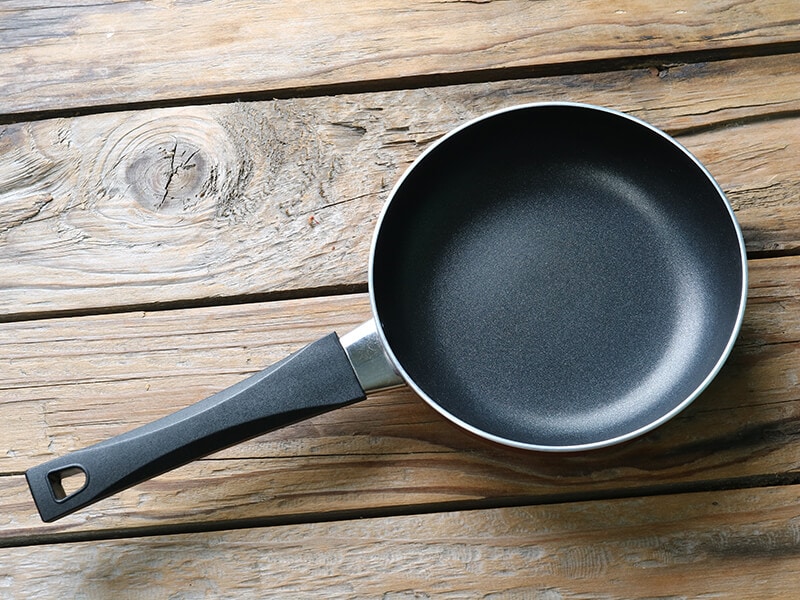
An Overview Of Information About Non-Stick Pans
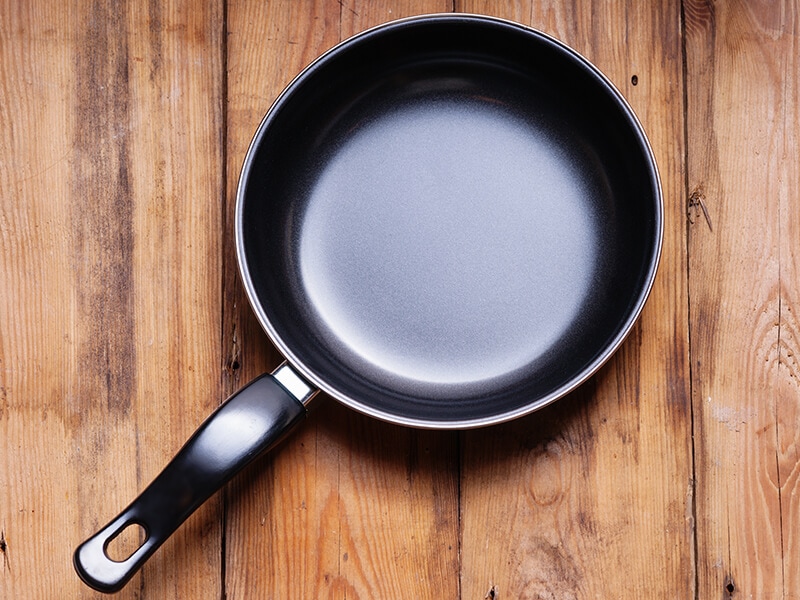
Non-stick pans or non-stick cookware is the familiar household good in many kitchens. The non-stick surface is a layer of polytetrafluoroethylene (PTFE), which is a fluorocarbon solid and also known as “Teflon”(1).
This material is a common synthetic chemical that includes fluorine atoms and carbon for those not in the know. Roy J. Plunkett is the father of this chemical. Teflon has existed since 1938 and played a key role in making belongings with non-stick surfaces, like cable coatings, raincoats, or carpet protectors.
Regarding the invention of non-stick cooking pans, this amazing product came to life in 1954 by Marc Gregoire, who was a French engineer. He made PTFE-coated non-stick pans, thanks to the recommendation of his wife.
This amazing household thing was introduced in the United States in 1961(2). Gradually, this pan has become popular and familiar to many people worldwide. There are many non-stick pan models, like PTFE, ceramic, or multi-layer PTFE-coated versions.
Let’s explore the invention of the non-stick pan and how it’s made.
Explore The Shelf Life Of The Non-Stick Pans
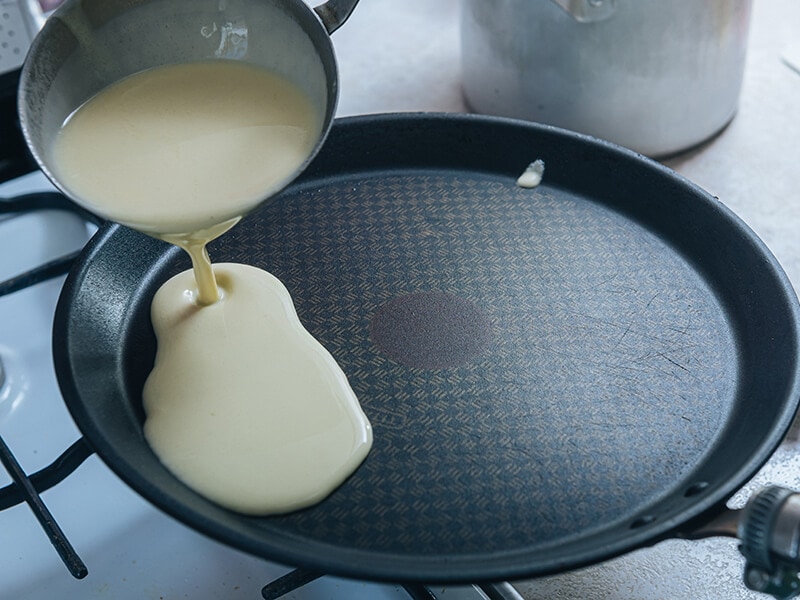
Most people have used non-stick pans once in their lives. Have you ever questioned their longevity? If you are wondering about the non-stick pans’ shelf life, this article section will help you.
In short, the more non-stick coating layers the pan has, the longer your cooking will last. The use of coating is to protect the pan surface and prevent it from scratches that can expose the aluminum layer below.
Typically, the life expectancy of non-stick pans usually falls around 1 to 5 years, depending on different models. Here is the longevity of some types:
- The shelf life of a pan coated with ceramic is about 2 years.
- Meanwhile, PTFE-coated non-stick pans can last 3 years.
Multi-layer PTFE and reinforced-coated versions will have the longest life expectancy. Typically, a non-stick pan with 3 layers will last longer than a ceramic-coated model, about 30 times.
To increase the longevity of non-stick pans, many manufacturers use titanium-reinforced non-stick coating for their products. This material helps users to use pans longer than regular non-stick cookware.
PTFE-coated non-stick pans consisting of crushed gems will last about 3 years because their shelf-life expectancy is better than ceramic cookware by about 3 times.
Signs Of A Non-Stick Pan That Need To Be Replaced
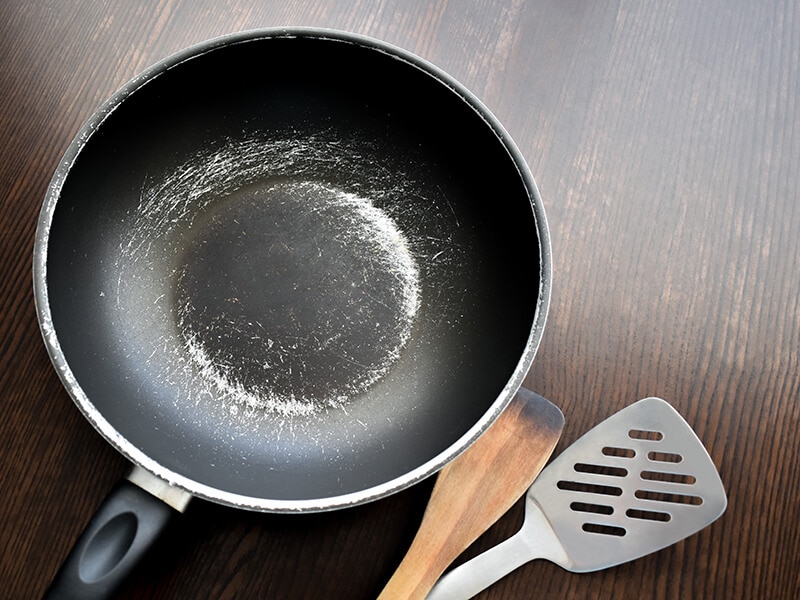
Over time, your non-stick pans can be scratched, damaged, or warped, so you need to replace new ones. Here are some dominant signs you should know.
1. Loosen Handle
It’s a pity if you discover the pan’s handle is loose since you may need to buy a new non-stick pan. In some cases, you can fix it, but you should throw it away if this situation is serious, as you’ll not know when it will fall from the pan when you’re using it.
Plus, the handle usually takes a couple of years to loosen, which is a great indication for you to get a new pan.
2. Deformed Non-Stick Pans
Non-stick pans will usually be exposed to high temperatures, and they may bend or deform when you wash them with cold water due to the sudden temperature change. At this time, the pan surface is uneven and affects the food quality.
If the warp is too serious, you should consider getting a new pan for a better cooking experience.
3. Food Stickiness
Over a long time of usage, the pan’s non-stick surface can suffer severe damage. This reduces the non-stick ability of the pan, making food stick to the pan’s surface. Therefore, do not hesitate to buy a new pan when you can’t take the stickiness any longer.
4. Discoloration
After a long time, your non-stick pan will be discolored. This problem occurs faster if you clean the pan improperly. Plus, dirt and gunk are other causes of discoloration. This sign shows that your pan is not good anymore and requires a new replacement.
5. Rust
You should use a new non-stick pan if you detect rust on the surface. This problem is pretty common if you clean your cookware improperly. It’s best to use plastic or wooden utensils to prevent scratching the surface.
6. Scratched Or Damaged Non-Stick Coating Layer
You should replace your pan immediately when you find significant scratches and damages on the non-stick coating surface. This problem results from improper cleaning, storing, and the reaction of aluminum and acidic components.
7. Uneven Heating
There are many causes of the uneven heating situation of non-stick pans, such as scratches, warp, and peeling. This is a serious problem since your food will be cooked unevenly. For that, you need a new pan to ensure cooking quality.
When do you need to replace your non-stick pans? Explore the answer right now.
The Reasons That Shorten Your Non-Stick Pans’ Shelf Life
Besides the time element, many other reasons may shorten your non-stick pans’ shelf life. Below are some common mistakes you should avoid if you don’t want to leave your pans as soon as possible.
1. Putting Acidic Food Into The Pan
If you have a cheap and low-quality non-stick pan in your kitchen, acidic food, such as tomatoes, sour juices, or lemons, can quickly cause damage.
The acidic liquid can tear through the non-stick coating, leaving you with a sticky cooking experience afterward.
2. Cleaning The Pans With Metal Or Abrasive Materials
Metal and abrasive materials are one of the causes of scratches on non-stick coating. If you tend to use metal spoons or spatulas to stir food, I suggest using silicone or wooden utensils to reduce damaging the coating surface.
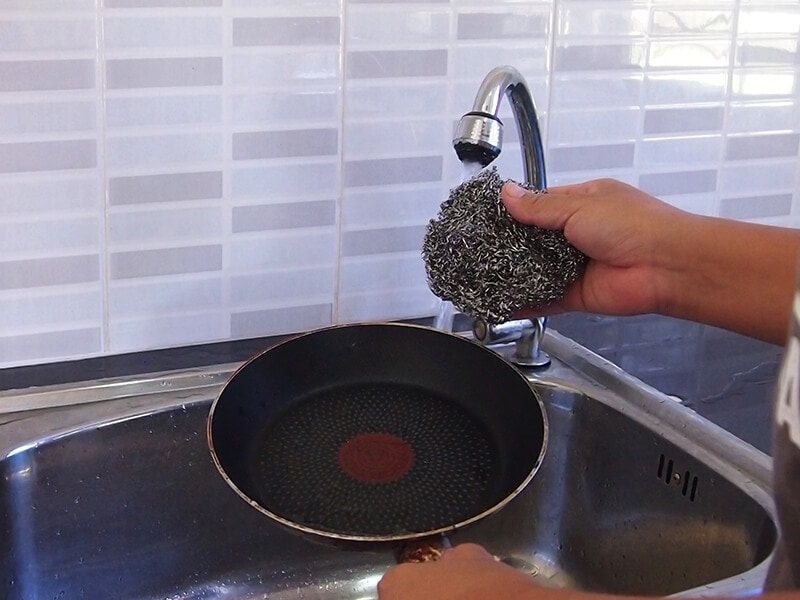
3. Cleaning Your Non-Stick Pans With Dishwasher
One of the common causes of shortening the non-stick pans’ life is soaking them in the dishwasher. The coating will be scratched and damaged due to the harsh and hot environment in the dishwasher. So, washing your pans with a soft sponge is better.
4. Changing The Temperatures In Short Time
As I mentioned, non-stick pans may warp and deform if you heat them at high temperatures and cool them in cold water immediately afterward. Ideally, you should leave your pan at room temperature before washing it with water.
5. Wrong Preservation
People often have the habit of stacking pans to store them because of the lack of space in their kitchen. However, this makes the pan damage faster since they’ll contact and rub with each other. Over time, there will be many scratches on the non-stick coating.
6. Applying Cooking Sprays On The Pans’ Surfaces
If you often use cooking spray to grease your non-stick pan, you should stop this habit as it adversely affects the shelf life of your pan. Over time, a nasty layer appears on the pan, which may take a lot of effort to remove and ultimately damage your pan.
Tips To Extend The Shelf Life Of The Non-Stick Pans
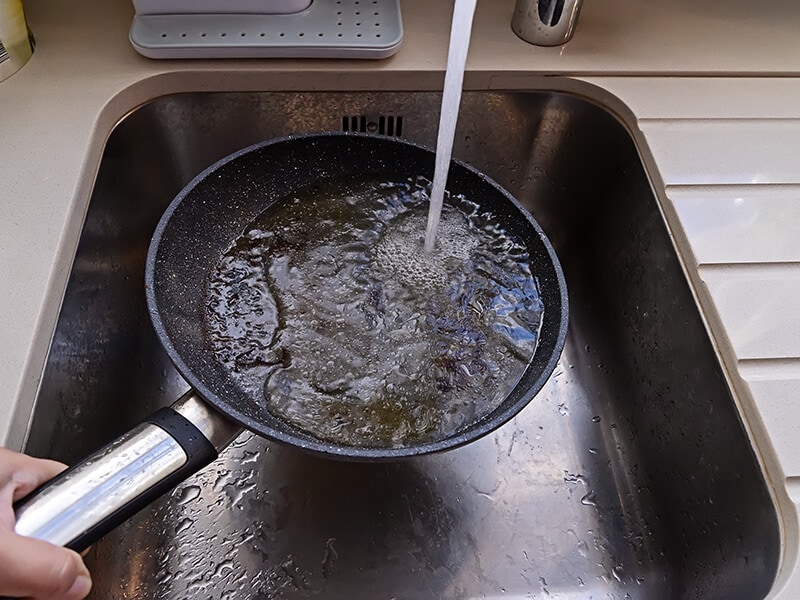
Besides staying away from the mistakes above, you can apply the great tips below to prolong the longevity of the non-stick pans. Here is what you should do:
- One of the first things you must do to extend the life of non-stick pans is to stop using non-stick cooking spray because this material creates a residue layer on the surface and causes damage over time. It’s best to use oil or butter to grease the pan.
- Your pans will last longer if you heat them at low or medium temperatures, so you should limit overheating them. Plus, do not forget to add oil, food, butter, and water to the pans before turning on the gas stove.
- Never stir food using metal utensils because they will cause scratches on the pan surface. I highly recommend using wooden or silicone spoons or utensils instead of metal ones.
- Before using non-stick pans, it’s best to wash them with soapy and hot water to remove dirt and residues. Let it dry completely, and rub the pan with cooking oil before heating.
- You should use the right detergents and soft cleaning material, like a non-abrasive sponge, to remove food stickiness and grease on the pan’s surface.
- Do not stack many non-stick pans together to store them because your pans damage each other’s surfaces.
- Leave your pans at room temperature for a short time after cooking to let them cool before washing them with cold water.
- Do not put your non-stick cookware in a dishwasher to clean it.
Check out the amazing tips to maintain your non-stick pans effectively.
How To Clean Non-Stick Pans Properly?
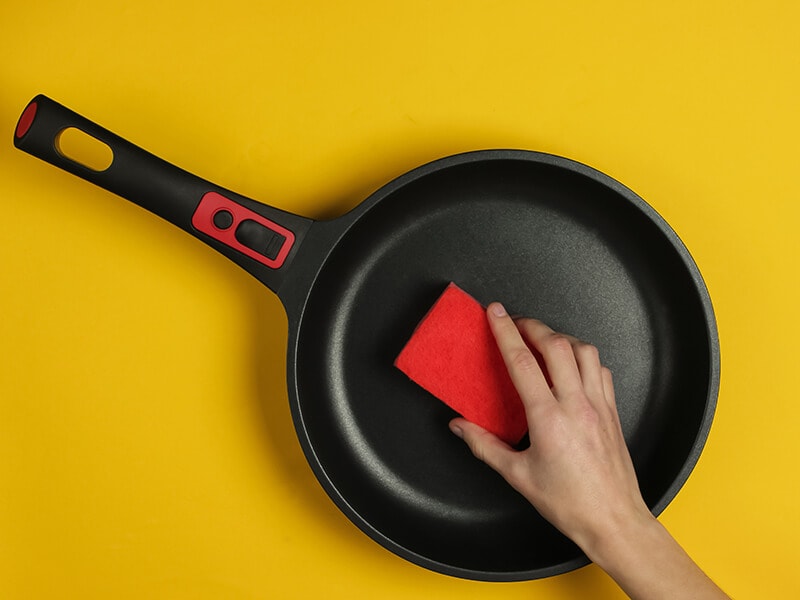
Thanks to the non-stick coating, cleaning non-stick cookware is straightforward, but you must use the proper detergents and cleaning sponge. Below are the simple steps to make your pans clean.
What you need:
- Cooking oil
- Baking soda
- Soft sponge
- Mild dish soap
Directions:
Step 1: Prepare a cleaning solution with a combination of mild dish soap and warm water.
Step 2: Soak your non-stick pans in the solution for a few hours to remove stubborn residue.
Step 3: Create a cleaning paste with baking soda and water mix.
Step 4: Put the mixture on the pans and scrub with a soft sponge.
Step 5: After removing the food, residue, and burnt oil, wash the pans with clean water.
Step 6: Let your non-stick pans dry completely before using them again.
Find out the proper and safe ways to clean your non-stick pans.
Top Non-Stick Pan Brands You Should Consider To Buy
If you want to purchase incredible and high-quality non-stick pans and cookware, you should put your trust in these famous brands below.
All-Clad
This famous brand started its business in 1971. It is famous for high-quality handcrafted non-stick and stainless steel cookware. Items from All-Clad usually have high durability and superior performance.
I recommend you purchase All-Clad non-stick 10.5’’ & 12’’ fry pans. It has a great non-stick coating that helps make cleaning easy. Also, you can simply make scrambled eggs and sauteed food on this surface.
Scanpan
It is also a well-known brand that sells top-notch non-stick frying pans. Plus, Scanpan specializes in making other non-stick cookware. When you visit its store, Scanpan Professional 8’’ Fry Ban is a great option you should bring to your kitchen.
It is a simple-to-use pan with a great non-stick coating. In addition, there is no problem when you clean it in the dishwasher or stir food on it with metal utensils, thanks to its high durability.
Green Pan
This brand provides award-winning non-stick products. Green Pan came to life in 2007. It always tries to deliver healthy non-stick items to customers with PFAS, PFOA-free cookware.
GreenPan Rio Healthy Ceramic Nonstick 7’’ Frying Pan is a fantastic suggestion for you if you are searching for a ceramic option. Its design is beautiful with 4 colors, such as black, pink, red, and turquoise. This item is safe in the oven and electric stovetop.
FAQs
To understand more about non-stick pans’ longevity and other related information, carefully read the frequently asked questions below. Let’s check them out!
Share Your Thoughts About Non-Stick Pan Longevity!
Do you love this article? Please share your thoughts about the post’s content by sharing them in the comment section. Besides, let’s convey valuable information to others by introducing this post to people around you.
In short, non-stick pans are indispensable household goods in many people’s kitchens worldwide. I believe you know how to extend the longevity of the pans in your kitchen after reading this article. Thanks for reading!
References
- “Polytetrafluoroethylene.” Wikipedia
- “This Month in Physics History.” This Month in Physics History

